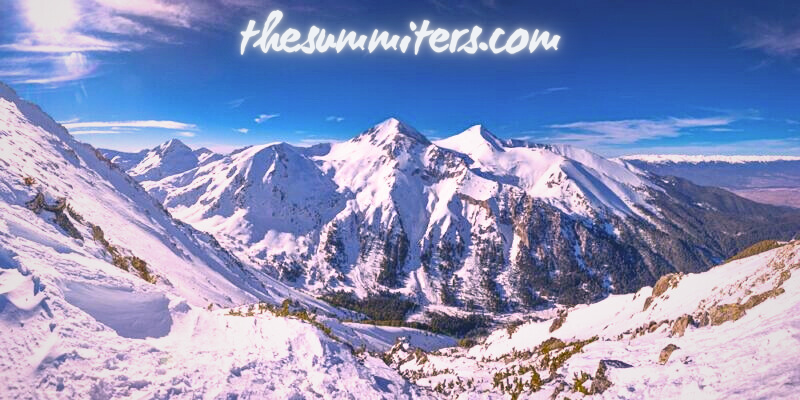Scientists have long known that tree rings can reveal the history of avalanches. Now, they’ve developed a method to study these rings without damaging the trees.
Avalanches leave noticeable marks on trees, both outside and inside. Externally, they break branches and scrape bark. Internally, they cause the growth rings to become slightly irregular and warped.
Researchers have often focused on regions prone to avalanches such as Alaska and the Rocky Mountains. For example tree ring records in Alaskas Eaglecrest ski area date back to the 1800s. In the Rockies tree rings indicate that major avalanches occur approximately every five years.
Previously, scientists had to cut down trees to obtain a full cross-section of their rings. However, a recent study in Bulgaria employed a different technique. Instead of felling the trees, the team used an increment borer to extract thick wood cores from hundreds of pine trees. These samples were then dried, mounted, and sanded to make the rings visible.
It’s a very long process, admitted co-author Nickolay Tsvetanov.

Researchers have zeroed in on the Bansko Ski Resort in Bulgarias Pirin Mountains where the increasing number of skiers and snowboarders risking off-piste highlights the growing need to understand avalanche history.
Their study uncovered that avalanches have been occurring in the area since at least the 1600s with 20 suggestive events recorded since the 1800s. While one of these avalanches agrees with a historical record from February 12, 1963 the other major slides were previously unknown.
We don’t have written records of these events, so we rely on tree rings to fill in the gaps, explained Momchil Panayotov a Bulgarian dendrochronologist and co-author of the study.
By analyzing the tree rings the researchers could estimate the size and timing of the avalanches and charge how climate versions influenced their frequency and intensity. They hope these insights will improve avalanche safety measures at Bansko and similar resorts.